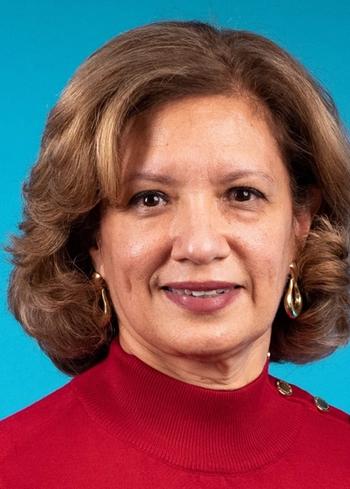
Sperm Banking Underutilized in Adolescent Cancer Patients
Fertility preservation through sperm banking was underutilized among adolescent males newly diagnosed with cancer, according to the results of a recent observational study. Only about one-half of adolescents surveyed in the study attempted sperm banking.
Fertility preservation through sperm banking was underutilized among adolescent males newly diagnosed with cancer, according to the results of a recent observational study
“Sperm cryopreservation is effectively used to preserve fertility, and the utility of this approach has become more practical with improvements in assisted reproductive technologies,” wrote James L. Klosky, PhD, of St. Jude Children’s Research Hospital in New York, and colleagues. “Guidelines for fertility preservation have been developed by the American Society of Clinical Oncology, National Comprehensive Cancer Network, American Academy of Pediatrics, and American Society of Reproductive Medicine. Despite the applicability of these guidelines to adolescents with cancer, sperm banking remains underutilized.”
The study looked at 146 at-risk males, their parents, and medical providers from eight pediatric oncology centers in the United States and Canada. Males aged 13 to 21.99 completed a self-report questionnaire within 1 week of cancer treatment initiation.
The mean age of participants was 16.49 years. Among participants, 53.4% made a collection attempt and 43.8% were able to successfully bank sperm. Among the disclosed reasons for not banking were that banking was discussed but decided against, the belief that banking was not necessary, or a lack of knowledge about what sperm banking was.
An increased likelihood of collection attempt was associated with consultation with a fertility specialist (odds ratio [OR], 29.96; P = .007), parent recommendations to bank (OR, 12.30; P = .007), and high Tanner stage (OR, 5.42; P = .003).
An increased likelihood of completion of sperm banking was associated with adolescent history of masturbation (OR, 5.99; P = .025).
“Adolescents experienced with masturbation have more insight into and clearer expectations regarding the demands associated with sperm collection,” the researchers wrote. “Males who are more physically mature should be particularly encouraged to make a collection attempt, because 82% of attempters in this study successfully completed sperm banking.”
Completion was also associated with banking self-efficacy (OR, 1.23; P = .012), and parent (OR, 4.62; P = .010) or medical team (OR, 4.26; P = .008) recommendation to bank.
“Sperm banking is not the appropriate choice for everyone, but timely communication regarding fertility risk, familial counseling, and recommendations for fertility preservation consultation are requisite irrespective of estimated risk, prognosis, or provider beliefs,” the researchers wrote. “By participating in these discussions, not only are we empowering adolescents to engage in their own health care, but we may also be affecting important quality-of-life and family-building outcomes in cancer survivorship.”
Newsletter
Stay up to date on recent advances in the multidisciplinary approach to cancer.


















































































